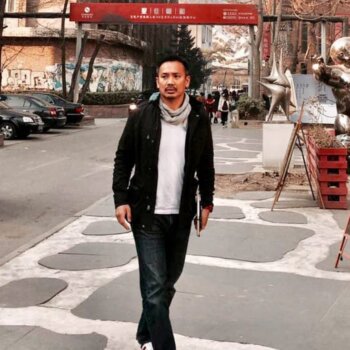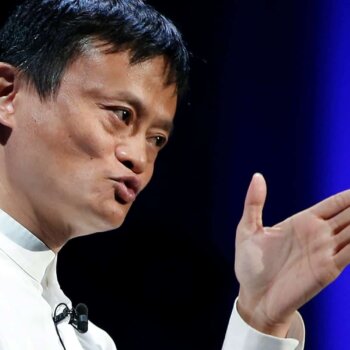Sometimes it is absolutely necessary to mix business with personal matters. Medical technology or med-tech is a matter of private importance to me, as I only have one child – who will have to look after both sides of her extended families’ medical needs. As an entrepreneur, I want to build a med-tech business that can make her future burden lighter.
While everyone is rushing into tech to build the next big social media or food-discover app, Med-tech is a booming business with major implications. With the increase in life expectancy and growing economic affluence, there will be a strong demand and supply for quality healthcare in Asia. Yet there are still massive gaps in the system that need addressing.
Medical infrastructure not growing fast enough
Singapore, like many other developed countries around the world, has a growing grey population with a low birth rate. As time passes, this situation will only worsen with less descendants to share the burden and more pressure being put on limited public healthcare resources.
In 2020, it is estimated that over 25% of Singapore’s population will be above the age of 65 years old. The average lifespan will be 97 years old for women and 92 years old for men. Retirement age has correspondingly shifted upward to 75 years old. While it is an achievement for modern medicine, the public upkeep entails more facilities and funds than what’s available.
It is relatively easy to find a doctor, but it is usually a frustrating affair when it comes to getting the right medical attention and service that one deserves. Public and, even at times, private hospitals are overwhelmed with patients – there just simply isn’t enough time for everyone.
Not only is the headcount of staff low, so are the years of experience of most nurses. Being overworked and chronically under-appreciated, the attrition rate amongst medical workers are amongst the highest. So there is a double whammy of having dwindling amounts and inexperienced nurses taking care of increasing numbers of patients.
How can med-tech help?
Med-tech is now more accessible to medical staff to better connect with patients. Various apps and services allow for patients to make appointments with doctors without picking a phone.
Through the Internet of Things (IoT), where medical devices at home can communicate with each other anywhere and everywhere, Patients are also part of the ecosystem. With the usage of medical devices and sensors at home or on the go, patient data can be transmitted over the Internet to designated clinic or hospital to monitor patient conditions.
It allows doctors and nurses to monitor patients’ status across vast distances. This way, medical staff can improve their workload by watching over patients as their vitals can be gathered without physically making the rounds.
With Wi-Fi and super-fast Internet readily available across Asia, med-tech devices can be constantly online without a lapse in the care provided. Also, because of the ease of use of these devices, in non-emergencies, family members or domestic maids can take care of the patients’ daily maintenance. This lessens the strain on the healthcare system.
Not yet but soon, med-tech will make the situation better
To maintain a high quality of healthcare sustainably, med-tech will need to develop further. One way is for med-tech to maintain a healthcare system that can depend on improved medical staff/patient engagement and advanced home diagnostics.
This is a necessary evolution to help medical staff work more efficiently and empower patients to be more responsible for their own health. Also, it is the only way to ensure future generations to be able to manage the inevitable weight of their ageing dependants.
by
Woon Shung Toon (Founder, Head Strategy & Innovation at GetDoc)
Shung Toon served as Chairman of the Board and Chief Executive Officer of Cornerstone Asia Tech Pte Ltd setting their strategic direction and vision. He founded The Analytics Company in 2003 and served as the Managing Director for its overall activities and its Business Intelligence Practice until 2007. Prior to that, he has over 20 years of senior management experience in MNCs managing large IT organizations worldwide across financial services, healthcare, insurance and telecommunications industries. He held senior IT management positions in SITA-Equant and Equant. He has 18 years of all rounded experience in Information Technology, Business Intelligence, Data Warehousing and Analytics. He is also a technology industry entrepreneur and serial investor.





























